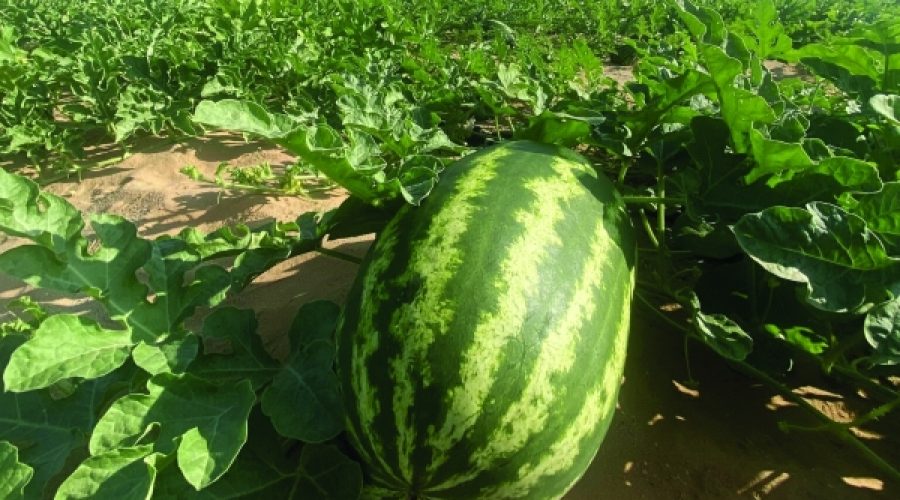Oman’s Surge in Food Self-Sufficiency: What It Means for Investors and Businesses in the Food Sector
Oman is harnessing technology and capital to boost productivity across its 1.4 million hectares of agricultural land, thereby strengthening food security and economic resilience.
MUSCAT, July 25 – Oman has made significant strides in food self-reliance for major staples in 2024, driven by substantial new investments in agriculture, fisheries, and food processing sectors.
The Oman Investment Authority (OIA), a key government body tasked with enhancing food security, reported a 9.8 percent year-on-year growth in the GDP contribution of agriculture, fisheries, and forestry sectors, reaching RO 966.4 million in 2023. By mid-2024, this figure had already climbed to RO 529.5 million, reflecting the rapid expansion of the country’s food economy.
Oman Food Capital, a new brand formed through the merger of OIA subsidiaries Oman Food Investment Holding Company (Nitaj) and Fisheries Development Oman (FDO), currently manages investments and assets exceeding RO 1 billion. Its comprehensive portfolio spans the entire food value chain, including fisheries, aquaculture, poultry, red meat production, dairy, fruits and vegetables, animal feed, food processing, agri-technology, research and development, logistics, cold chain infrastructure, and local farming.
These investments, alongside initiatives from the Ministry of Agriculture, Fisheries and Water Resources, have significantly boosted food self-sufficiency ratios across key categories. Data compiled by Oxford Business Group for the OIA shows marked improvements in 2024 compared to 2023. Fish remains the most self-sufficient category, increasing from 151% to 162%, underscoring Oman’s strong marine production and export potential. Fresh milk self-sufficiency climbed from 88% to 97%, reflecting enhanced dairy production and supply chains.
Table eggs experienced a remarkable rise in self-sufficiency, surging from 59% in 2023 to 92% in 2024, driven by expanded poultry farming capacity and better production techniques. Fruit production more than doubled from 26% to 57%, indicating broader cultivation and improved yields. Red meat saw a modest improvement from 44% to 46%, reflecting gradual gains in livestock output.
However, some categories faced declines. Vegetable self-sufficiency dropped from 77% to 60%, while poultry saw a modest decrease from 61% to 55%.
Despite these setbacks, Oman continues to strengthen its agricultural and food sectors through strategic investments. The Oxford Business Group report highlights that the Sultanate is leveraging technology and capital to enhance productivity across its agricultural lands, thereby reinforcing food security and economic stability.
“By 2024, Oman achieved self-sufficiency rates of 92% in table eggs, 97% in fresh milk, and 162% in fish production – demonstrating significant progress in key sectors,” the report states.
The fisheries sector, in particular, is described as a “pillar of economic diversification,” with production reaching 748,000 tonnes in 2022, valued at $1.2 billion. Exports grew by 23.7% the previous year to $362 million, positioning Oman as a global leader in sustainable aquaculture.
In 2024, Oman launched 89 new investment projects in agriculture and fisheries, covering more than 9 million square meters. These include 70 agricultural ventures, 10 livestock projects, seven water-related initiatives, and two fisheries undertakings, all aimed at enhancing food security through modern scientific methods. Each project requires at least 30% Omani or GCC ownership, aligning with Oman’s broader strategy to boost private sector involvement and sustainable growth.
By 2025, the sector aims to attract $1.2 billion in investment and create 8,500 jobs. Key initiatives include integrated aquaculture farms and artisanal fishery projects, supported by Oman’s strategic location and robust logistics infrastructure, further solidifying the Sultanate’s role as a regional food distribution hub.
Special Analysis by Omanet | Navigate Oman’s Market
Oman’s substantial investments in agriculture, fisheries, and food processing are catalyzing a rapid rise in food self-sufficiency and economic diversification, presenting significant opportunities for businesses in agritech, sustainable aquaculture, and cold chain logistics. Smart investors should capitalize on Oman’s robust government-backed initiatives and strategic location to expand value chains and innovate in food production, while entrepreneurs must align with local ownership requirements to tap into growing market demand. The evolving landscape also signals risks for segments like vegetable and poultry production, which require targeted innovation and resource management.



